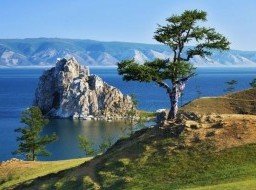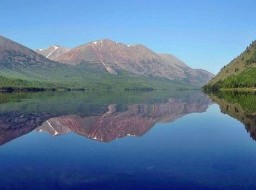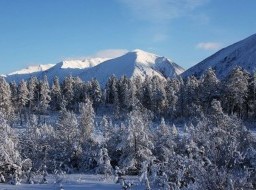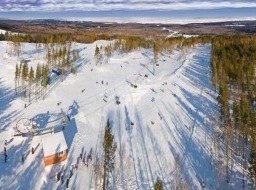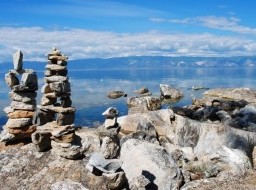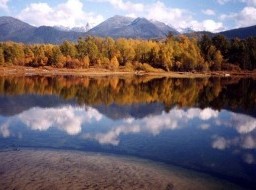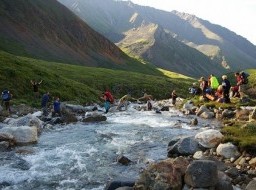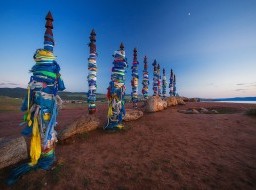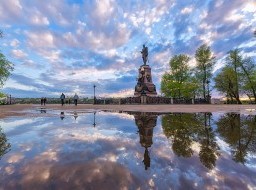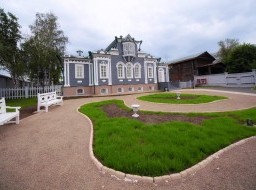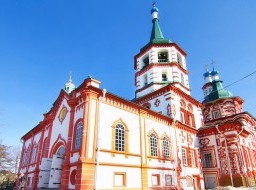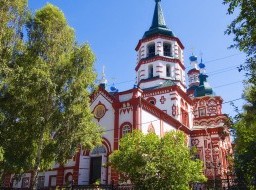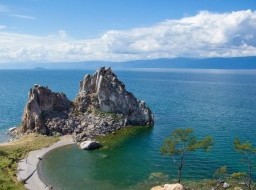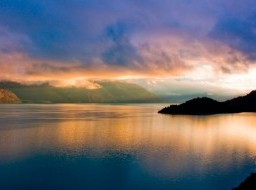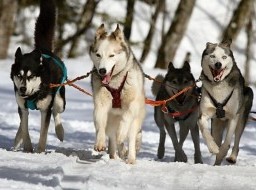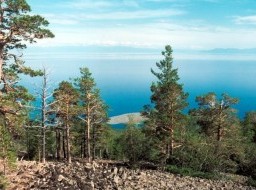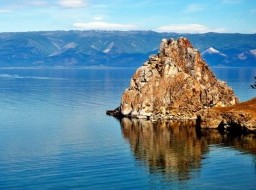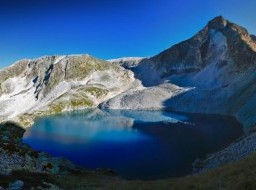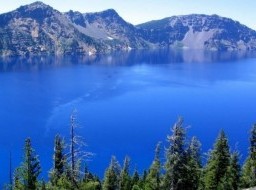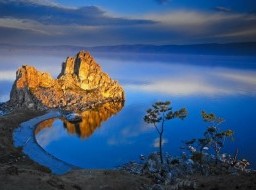Shamanism
Shamanism, beautifull religion of the romantic notions of magic auras and spiritual energy, is still very strong, and it doesn't conflict with other religions. Shamanism take many forms with each tribe and clan of Siberia having different traditions and practices. It has existed like this from ancient times and it survives; in some cases it helps. This astonishing form of pagan earth-reverence dates back to the Stone Age. Shamans do almost the same as psychologists. They try to find what the person does wrong and to improve it a bit. Some people – even businessmen – ask about their life, why they do wrong things. Long time ago before the Christianity, the common religion of the indigenous peoples of Siberia has been shamanism. It is popularly believed that shamans live on the Earth since the beginning of times. The first was the son of God, who walked down the sky as an eagle. Since that time the reverence of the eagle is spread not only among shamans, but in the whole Siberia. The word "shaman" originates from Evenk word "saman" that means "excited or frenzied" or "a person in trance". As for the abilities of shaman, he could be a doctor, heeling people from different diseases, exorcist, avoiding people of imprecation or sending it to them, or even a fortune-teller. Shamans were the first doctors who, tried to heal the body through healing its soul. They were also actors, prophets and propagandists. The shaman attributes included a ritual costume, a drum, a crook, and images of spirits (ongohns). Pendants and bells on the Shaman costume were considered a receptacle of spirits and were supposed to call them down or to scare them away. The drum symbolized the Universe. While the shaman was passing into a trance the drum played the part of the Supreme Beast. It also called spirits down and removed enemies. During his incredible life a shaman passed several steps of initiation into this astonishing religion. It is thought to be 9 steps. Shamans of last steps have a magic ability to move freely between the world of people and the world of Gods, can provoke snowstorms, hurricanes and heavy showers and they can be present in two places at one and the same time. You can believe it or not, but they could even fly! All forms of Shamanism are based on the belief in a universe consisting of the three worlds, connected together. The upper world is inhabited by gods, the middle with the people and animals, and the lower by the spirits of the dead. In the human world, nature is dominated by occult forces from the other two worlds. Man is considered to be an inevitable part of the Nature, but not its "King", respecting, sometimes worshiping other creatures and never wasting nature's gifts. Shamanism, as well as animism, assumes the presence of spirits or spiritual qualities in objects of the natural world. Essential is the idea that animals and birds, equally to humans, possess identities and after death their soles travel to the lower world. Philosophically the core of belief is a need of ecological balance. Every natural object, particularly mountains and springs, are believed to have a sole which should be consciously thanked with small offerings. This practice remains most visibly apparent in Tuva, Khakassia, Burytia and Altay with prayer ribbons tied to holy trees and stone cairns beside mountain passes. Shamanism is a fabulous discipline involving constant combat with occult forces, demons and evil spirits. The contacts and battles are archived during an ecstatic state induced by dancing, drum beating and occasionally by eating hallucinogenic mushrooms and plants. Although Buddhism and Christianity are now mainly confessed in Burytia, however, there are still many practicing shamans, especially in the western part. Speaking about beautiful traditions of Buryat people in the religion, the peculiarity is that all geographical landmarks are supposed to be sacred. First of all it can be referred to rivers and lakes – Selenga, Onon, Baikal. Angara River was respected by shamans. It was a sacred river for them and was believed to have heeling characteristics. According to their beliefs there is a master of the river called Angarain. Olkhon Island also had a spirit-master - Oikhoni, who had three ghostly palaces and where he together with his 33 helpers judged people or returned soul to sick people or sent it to the other world. Baikal Lake and even in the surroundings are inhabited with numerous water spirits – ukhan-khady. Now shaman amazing traditions and beliefs have found a new life – new shamans appear who recollect teachings of their ancestors. Practically in every village there is a working shaman. The rites of shamanism are spread in all continents of the earth and are surprisingly similar to each other. In northern Asia the stronghold of shaman traditions and rituals is the region of Baikal Lake and Olkhon Island. |


